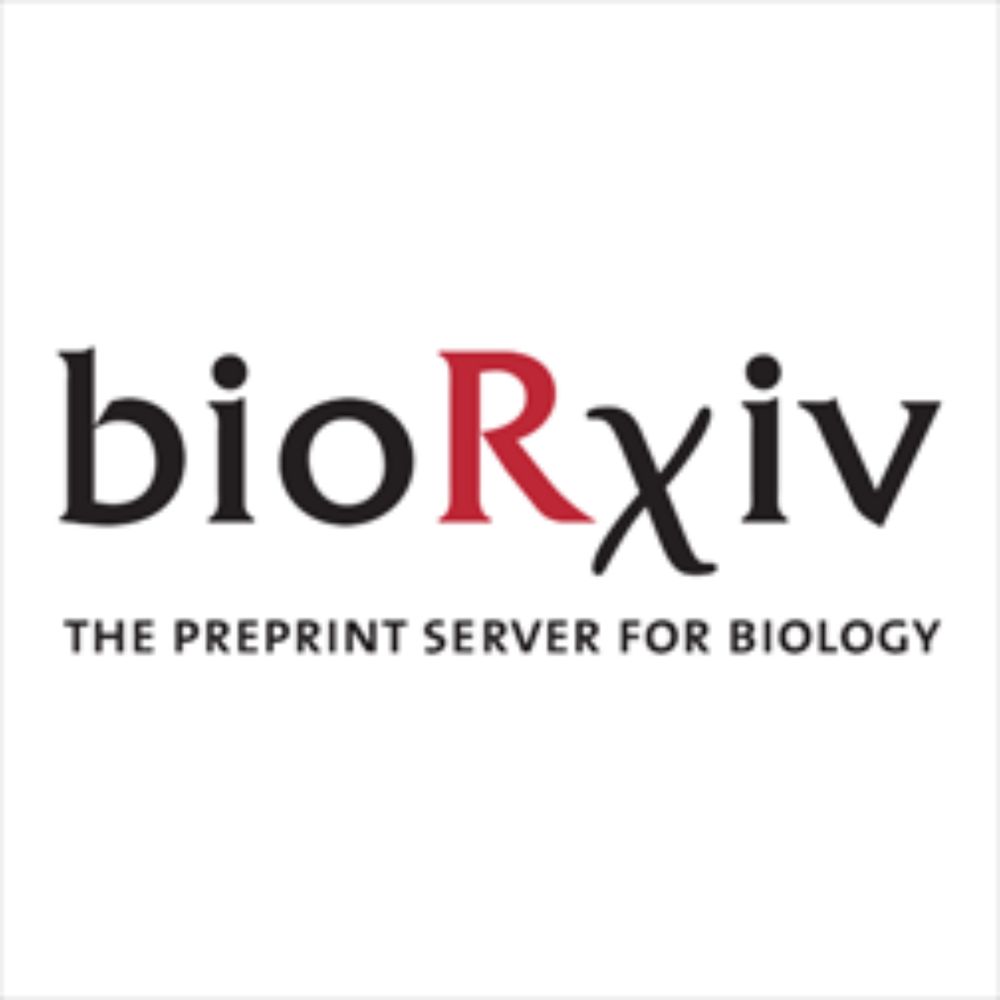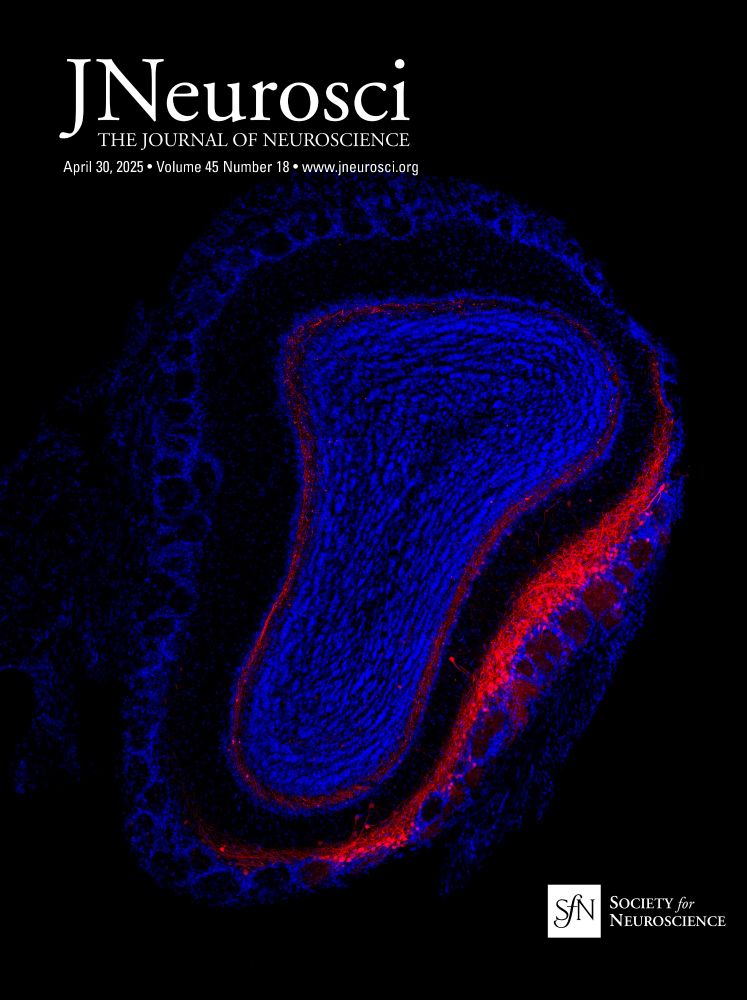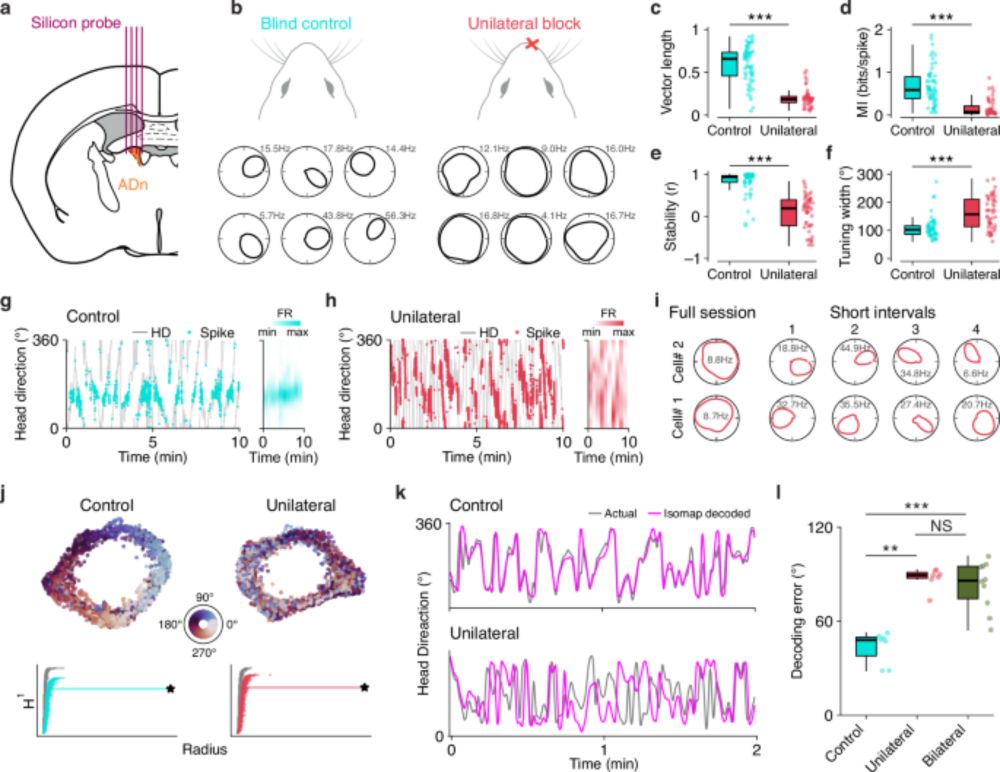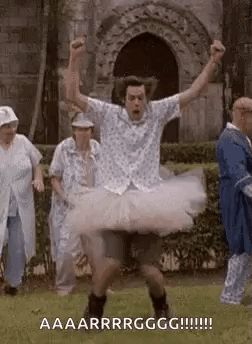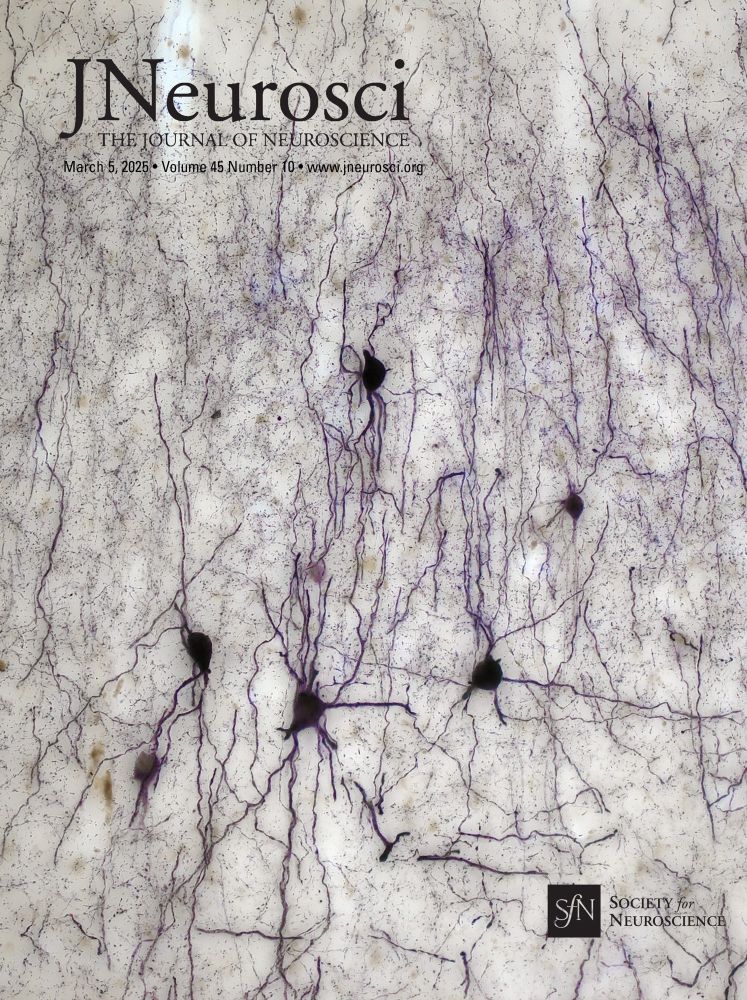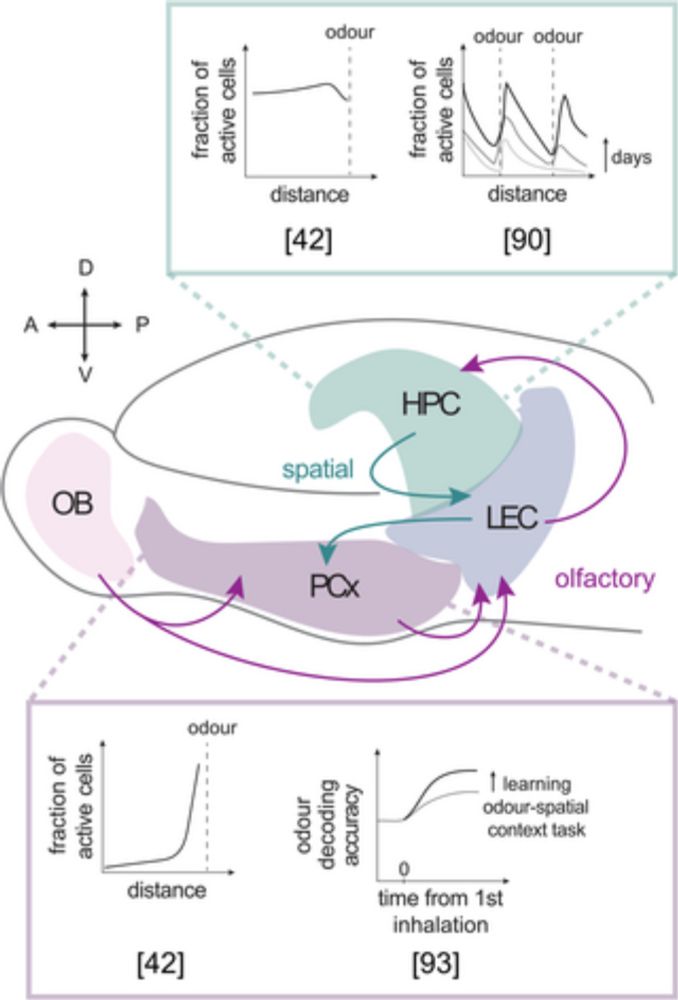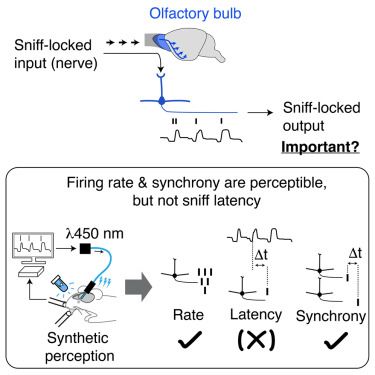
Decoding olfactory bulb output: A behavioral assessment of rate, synchrony, and respiratory phase coding
Neurogenetics; Behavioral neuroscience; Sensory neuroscience
Animals’ sniffing drives rhythmic input to the olfactory system.
How does this timing contribute to perception, especially beyond first steps of olfactory processing?
We tested this using simple closed-loop optogenetics in our new paper: www.cell.com/iscience/ful...
13.06.2025 03:55 — 👍 24 🔁 8 💬 1 📌 1
Fun collaborative work together with the amazing lab of @sophiesteculorum.bsky.social now published!
11.06.2025 14:36 — 👍 7 🔁 4 💬 0 📌 0
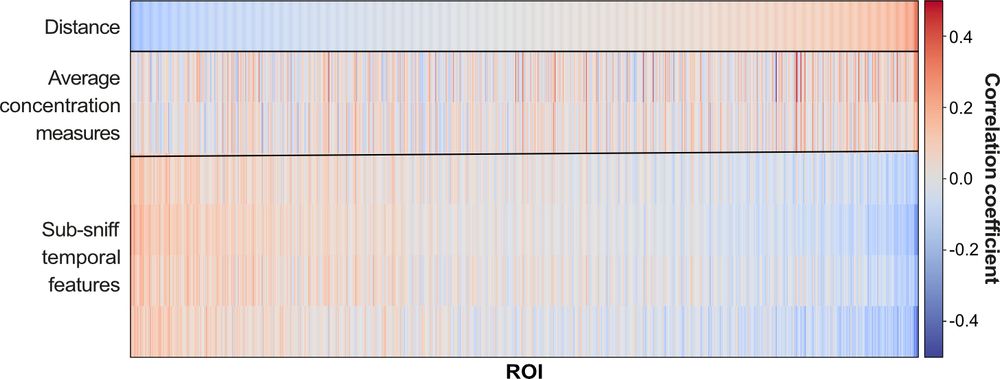
5/6 Neural responses were better predicted by rapid temporal fluctuations in the plume than by average concentration. This suggests that the dynamic plume structure serves as a core sensory cue for distance.
18.05.2025 08:41 — 👍 1 🔁 0 💬 1 📌 0

4/6 We further used in vivo 2-photon calcium imaging to record mitral and tufted cell activity in the olfactory bulb and found that a subset of neurons showed distance-dependent responses, and that population activity reliably encoded odour source distance.
18.05.2025 08:41 — 👍 1 🔁 0 💬 1 📌 0
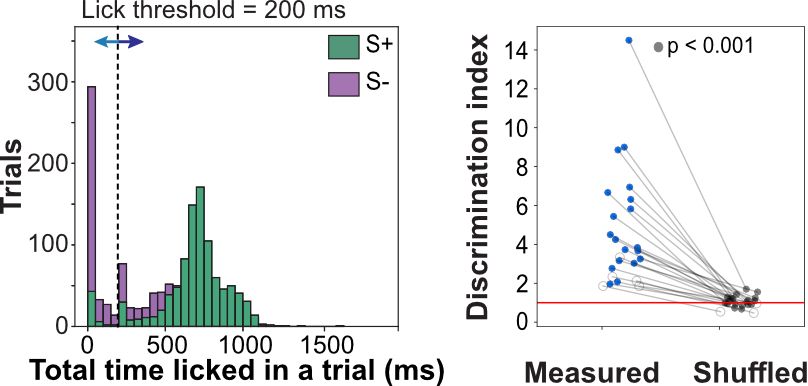
3/6 These findings show that mammals can extract spatial information from fast, complex odour dynamics, highlighting the role of rapid temporal processing in olfaction.
18.05.2025 08:41 — 👍 2 🔁 0 💬 1 📌 0

2/6 Using a wind tunnel and olfactory virtual reality, we presented dynamic plumes with complex airflow structure. Through automated, high-throughput behavioural experiments, mice learned to distinguish near vs. far odour sources.
18.05.2025 08:41 — 👍 1 🔁 0 💬 1 📌 0

1/6 Rodents use olfaction to navigate, especially when vision is limited. But how do they estimate the distance to an odour source?
Our new study shows that mice can estimate the distance to an odour source using sub-sniff temporal features in naturalistic odour plumes.
18.05.2025 08:41 — 👍 3 🔁 0 💬 1 📌 0
🚨 Preprint alert! 🚨
Can mice estimate the distance to an odour source?
New work led by Cristina Marin and colleagues, jointly supervised by @andreas-t-schaefer.bsky.social at the @crick.ac.uk and myself.
Spoiler alert: Yes, they can!
Read the paper here: bit.ly/43A9tF9
Short 🧵 below
18.05.2025 08:41 — 👍 48 🔁 18 💬 1 📌 0
A spatial code governs olfactory receptor choice and aligns sensory maps in the nose and brain https://www.biorxiv.org/content/10.1101/2025.05.02.651738v1
09.05.2025 01:15 — 👍 11 🔁 5 💬 0 📌 1
My PhD project is out as a preprint!
We combined 2P and synchrotron X-ray to understand mouse olfactory bulb circuits, linking physiology to structure in 3 animals!
doi.org/10.1101/2025...
🙌 @carlesbosch.bsky.social, @apacureanu.bsky.social, @andreas-t-schaefer.bsky.social, @esrf.fr, @crick.ac.uk
01.05.2025 12:19 — 👍 59 🔁 20 💬 4 📌 4

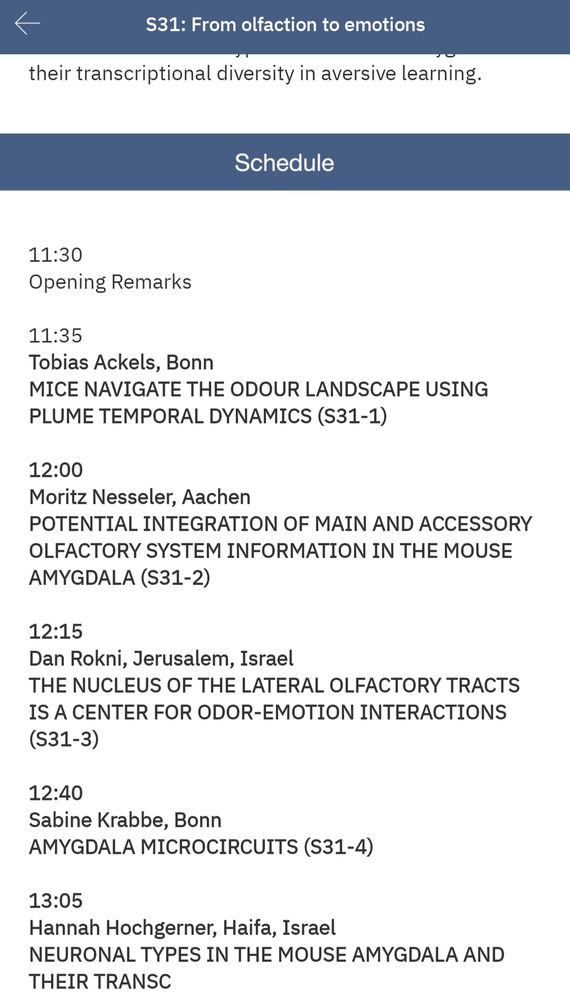
Tomorrow morning, March 29th at 11:30 am, check out Symposium 31 at #NWG2025 @neurowissg.bsky.social organized by MODOLFOR member Tobias Ackels @tobiasackels.bsky.social
28.03.2025 15:11 — 👍 11 🔁 6 💬 0 📌 0
Our Symposium takes place tomorrow at the Sternwarte in Göttingen. We are looking forward to exciting talks from @nawrot.bsky.social, @xenofrog.bsky.social, Lisa Scheunemann, Andre Fiala and Celine Riera. What a great start of the #NWG meeting @neurowissg.bsky.social
25.03.2025 07:44 — 👍 13 🔁 11 💬 0 📌 0
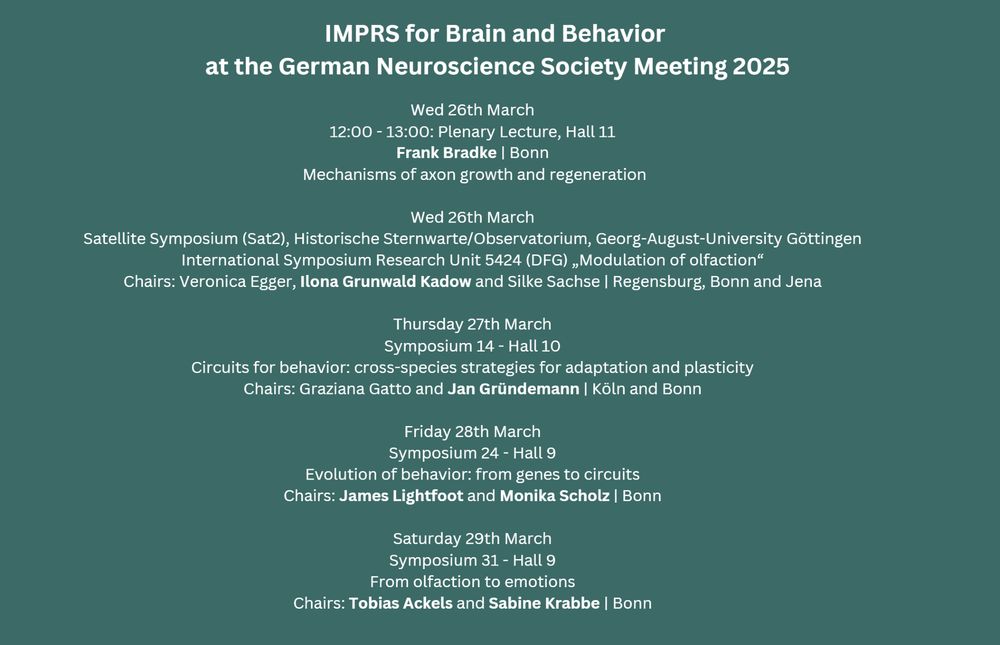
Wed 26th March
12:00 - 13:00: Plenary Lecture, Hall 11
Frank Bradke | Bonn
Mechanisms of axon growth and regeneration
Wed 26th March
Satellite Symposium (Sat2), Historische Sternwarte/Observatorium, Georg-August-University Göttingen
International Symposium Research Unit 5424 (DFG) „Modulation of olfaction“
Chairs: Veronica Egger, Ilona Grunwald Kadow and Silke Sachse | Regensburg, Bonn and Jena
Thursday 27th March
Symposium 14 - Hall 10
Circuits for behavior: cross-species strategies for adaptation and plasticity
Chairs: Graziana Gatto and Jan Gründemann | Köln and Bonn
Friday 28th March
Symposium 24 - Hall 9
Evolution of behavior: from genes to circuits
Chairs: James Lightfoot and Monika Scholz | Bonn
Saturday 29th March
Symposium 31 - Hall 9
From olfaction to emotions
Chairs: Tobias Ackels and Sabine Krabbe | Bonn
Meet our IMPRS faculty members at the German Neuroscience Society Meeting in Göttingen this week!
24.03.2025 13:24 — 👍 3 🔁 2 💬 0 📌 0
Herzlichen Glückwunsch!
07.03.2025 17:58 — 👍 1 🔁 0 💬 1 📌 0
Thanks Gaia 😊
28.01.2025 12:31 — 👍 0 🔁 0 💬 0 📌 0
I am deeply grateful for this award, which not only recognizes my work but also reflects the invaluable contributions of my team, mentors, and supporters!
It inspires me to continue working with my lab to deepen our understanding of how we perceive and interpret our environment.
28.01.2025 12:26 — 👍 31 🔁 8 💬 6 📌 0
Really cool. Congratulations!
23.01.2025 19:50 — 👍 0 🔁 0 💬 1 📌 0

Join us for the MODOLFOR Satellite Symposium on Modulation of Olfaction at the 16th Göttingen Meeting of the German Neuroscience Society in spring 2025 🐭🐝👃
@neurowissg.bsky.social
20.11.2024 12:48 — 👍 4 🔁 5 💬 0 📌 2
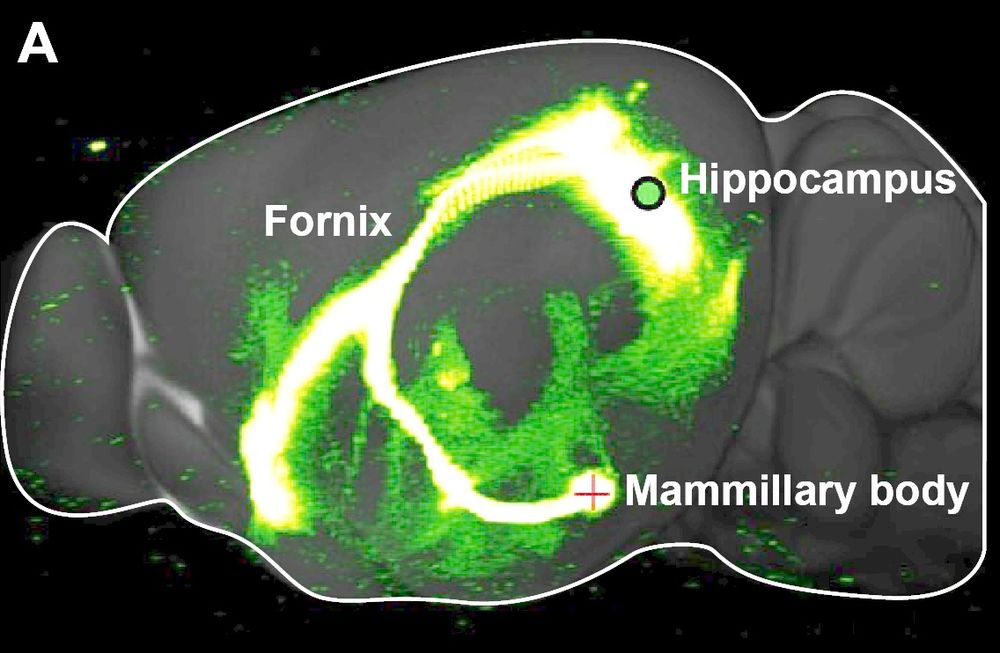
Have you ever wondered how memories are processed downstream of the #hippocampus and how this is affected by #Alzheimer's? We believe we may find some answers by riding all the way down the fornix to the mammillary body. Apply here for a fully-funded #PhD with us: ovgu.b-ite.careers/56yvk
02.12.2024 14:22 — 👍 30 🔁 12 💬 0 📌 2
Sniffing helps animals identify smells and connect them to places and events, but noses can’t sense time or place.
How do brains connect odors with internal models of the world?
Our preprint suggests that the olfactory bulb participates in this connection.
www.biorxiv.org/content/10.1...
22.11.2024 18:07 — 👍 57 🔁 17 💬 5 📌 4
Computational Neuroscience & AI @ The Francis Crick Institute
Trade unionist
Posts in franglish on neuroAI & politics
Brains, biophysics, behaviour.
https://www.groschner-lab.org
PI @Rockefeller University. Investigator @HHMI. Instigator of clonal raider ant project #CRAP. 🐜 Evolution, Behavior & Neuroscience. Posts science and photography. 🧠 📸
https://www.rockefeller.edu/research/2280-kronauer-laboratory/
Assistant Prof. at the University of Lausanne. Interested in how brains control social behavior.
https://www.unil.ch/cig/en/home/menuinst/research/prof-larsch.html
Prof of Philosophy. Director of the Institute of Philosophy and Centre for the Study of the Senses, School of Advanced Study, University of London. Interested in Neuroscience, Sensory Science, Taste, Smell, Flavour, Multisensory Perception, Wine, Scotch
Empowering neuroscientists with fiber-based microscopic systems for imaging at any brain depth
CTO at DeepEn, @deepen-imaging.bsky.social
( https://deepen-imaging.com/ )
Systems neuro PhD student at SWC/The Crick (UCL, London). Cell types and decision-making.
Znamenskiy lab, Mrsic-Flogel lab
Neuroethologist studying spatial navigation in diverse species 🐝🦇🦋. Currently, launching my group to study spatial memory in 🐝.
https://www.spatial-navigation.com/
Real world neuroscience.
Neuroscience of animal societies and in the wild.
Flying bats, shrinking shrews, running rats.
Neuroscientist | Assistant Professor @ucl | Wellcome Trust CDA Research Fellow 🇬🇧| Post-doc: Scanziani lab 🇺🇸 @UCSF | PhD 🇨🇭@FMIscience
Open jobs: www.ruedigerlab.com
Endocrinologist, PUPH Paris Cité University, Dpt Head Cochin Hospital. ESE past-President. Focus on all hormones #EndoSky Post own views.
https://institutcochin.fr/en/equipes/genomics-and-signaling-endocrine-tumors
www.firendo.fr
Hi 👋 I'm a postdoc in the #Neuroimmunology and #Imaging group at the @dzne.science Bonn 🧪🔬 Passionate about #ComputationalNeuroscience 🧠💻 and #NeuralModeling 🧮
🌍 fabriziomusacchio.com
👨💻 github.com/FabrizioMusacchio
🐘 sigmoid.social/@pixeltracker
Group Leader @mpi-metabolism.bsky.social and
@cecad.bsky.social • Neuroscientist, mom, 🇫🇷 • Views are my own
Research on T and B cells in immunity and autoimmunity in the lab of Dirk Baumjohann at University Hospital Bonn & Cluster of Excellence ImmunoSensation @immunosens.bsky.social #TfhCells #GCs #ImmuneOrganoids
https://BaumjohannLab.de
Interdisciplinary #BasicResearch on how the collective activity of #neurons gives rise to the plethora of #animalbehavior.
Imprint: http://mpinb.mpg.de/im
Professor in Computational Neuroscience at Imperial College London
husband, father, neuroscientist, senior group leader at Janelia @hhmijanelia.bsky.social, beard enthusiast, unrepentant dilettante, he|him
www.dudmanlab.org
https://orcid.org/0000-0002-4436-1057
March 23-25, 2026 at DZNE Bonn
https://bonnbrain.de/ - Application opening in September
ImmunoSensation is a Cluster of Excellence at the @unibonn.bsky.social performing research in the field of #immunology.
Visit our website: www.immunosensation.de

